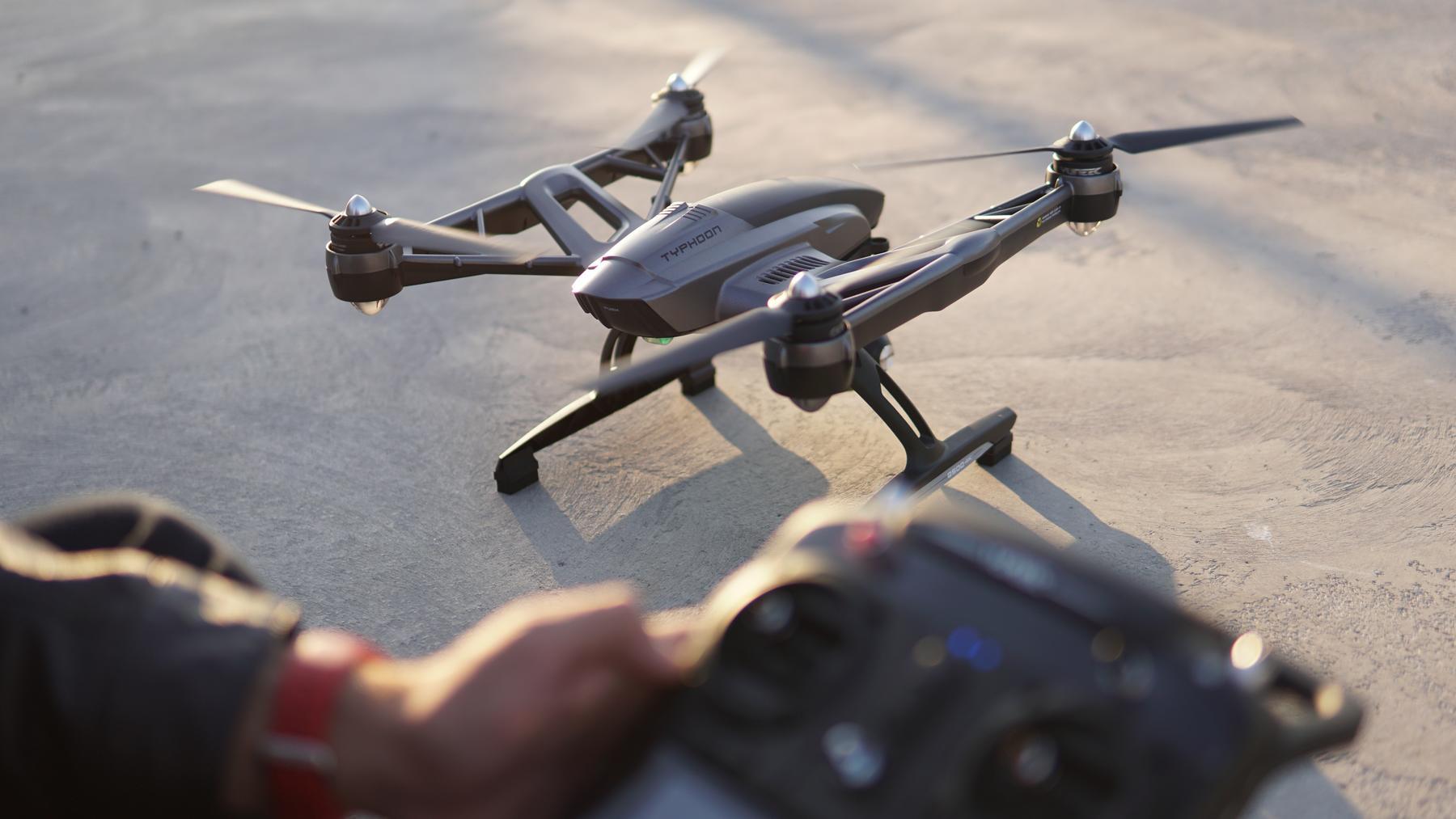Flying a DJI drone is an exhilarating experience for many hobbyists and professionals alike. However, there are times when issues arise, such as when a DJI drone won’t fly due to LAANC (Low Altitude Authorization and Notification Capability) restrictions. This article delves into common reasons why your DJI drone might not be taking off and provides solutions to get you back in the air.
Understanding LAANC and Its Impact on Flight
The LAANC system is designed to facilitate authorization for drone flights in controlled airspace. If your DJI drone is not flying, one of the first things to check is whether you are in an area where LAANC restrictions apply. These restrictions are in place to ensure safety in areas close to airports and other sensitive locations. Understanding these restrictions and complying with them is essential for both amateur and professional drone pilots.
Common Causes for DJI Drone Flight Failures
- Software Issues: Ensure your drone’s firmware is up-to-date. DJI releases updates that not only improve performance but also update the geofencing data that interacts with the LAANC system.
- Authorization Failure: If you’ve applied for LAANC clearance and your DJI drone still won’t fly, double-check the authorization details. Ensure the approval is still valid and correctly implemented in the DJI Fly app.
- Battery Problems: Sometimes, your drone not taking off can be as simple as a battery issue. Check that your battery is fully charged and properly installed.

Technical Solutions
When your DJI drone is grounded due to a technical glitch, several steps can be taken:
- Perform a Complete Power Cycle: Turn off both the drone and the controller, wait for a few seconds, and then restart them.
- Reinstall the DJI App: Sometimes corrupt app data can cause issues. Try reinstalling the DJI Fly app to refresh the data.
- Consult the DJI Support Community: Many users report similar issues and solutions in forums. Engaging with the community can provide quick answers to troublesome problems.
How to Obtain LAANC Authorization
DJI drone operators must obtain pre-flight authorization in many controlled airspaces. Here’s a step-by-step process:
- Download a LAANC-compliant app such as Airmap or Kittyhawk.
- Enter your flight plan details including location, altitude, and flight duration.
- Submit the request and receive near-instant authorization, which will appear within the app.
Be sure to always review the authorization notes to ensure no additional conditions apply to your flight.
Additional Tips
Regularly check for updates to the DJI Fly app as well as firmware updates for your drone. These updates are often designed to improve functionality and integrate the latest airspace safety guidelines. Conduct a pre-flight check to ensure all equipment is in optimal condition. Avoid flying during adverse weather conditions as this can affect drone performance and safety.
Frequently Asked Questions
Why is my DJI drone not responding to the controller?
If your ***DJI drone won’t fly*** due to unresponsiveness, ensure that both the drone and the remote control are sufficiently charged. Check for any damage or malfunction in the control sticks, and recalibrate the controller according to the manufacturer’s instructions.

What should I do if my drone flies erratically?
Erratic flight behavior can often be attributed to GPS issues. Ensure that your drone is receiving a strong GPS signal before takeoff. Also, recalibrate the compass and gyroscope, as incorrect settings can lead to unpredictable movements.
How does weather affect drone flights?
Weather conditions play a significant role in drone performance. Wind, rain, and extreme temperatures can impede a drone’s ability to fly safely and effectively. Plan flights during clear weather and avoid strong winds to reduce risks.